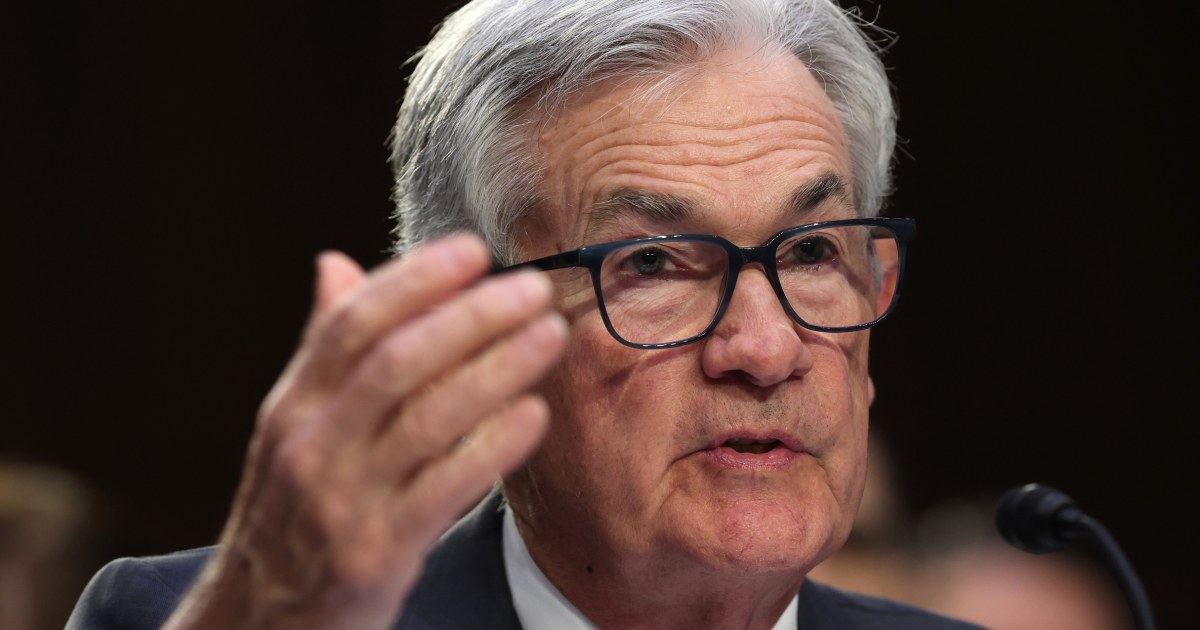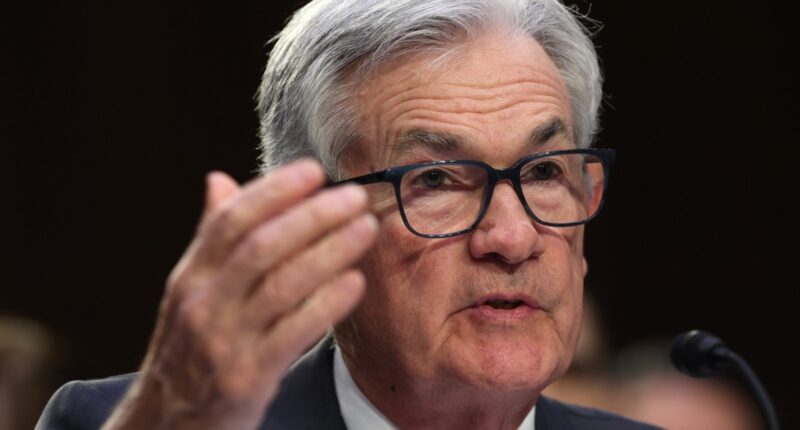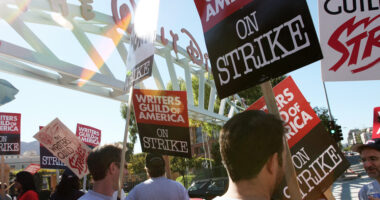
High prices. High interest rates. Slowing growth.
It would all seem to spell an economic downturn.
Indeed, many consumers would agree that between inflation and tighter credit conditions — and with no more pandemic financial assistance in sight — this is the worst they’ve felt about their finances since Covid-19 swooped in and upended everything.
Yet, as the Federal Reserve gets ready to make its latest announcement Wednesday afternoon about whether it will raise its key federal funds rate for the 10th consecutive time, finance commentators continue to disagree about how it should respond to economic conditions.
According to data from the CME Group, Wall Street traders are betting that the Fed will announce another 0.25% rate hike Wednesday — but that it will be forced to cut rates at least twice before the end of the year as economic growth slows to a crawl.
Others disagree about how exactly this all plays out. In an emailed statement, Seema Shah, the chief global strategist at Principal Asset Management, said that with inflation still elevated and sticky and with the broad economic picture still looking “fairly robust,” the Fed is actually more likely than not to keep additional rate hikes on the table.
“Provided the economic data slows only gently and inflation remains elevated, and the banking sector volatility is fairly contained, we think a June hike is still possible,” Shah wrote. “Indeed, we believe there is a higher risk of a rate hike in June than what the market is currently pricing in.”
That is largely the view of economists at Citi, as well. In a note to clients published Sunday, the group said it expects the Fed officials to strike a “hawkish” tone in their latest language announcing the expected rate hike — meaning the Fed will indicate inflation has not yet been tamed and that, therefore, interest rates must remain elevated for longer.
The Citi analysts cite recent price-level data that has continued to come in higher than expected. The graphic below from the Atlanta Federal Reserve illustrates this:
“Rather than signaling a pause, the committee will want to preserve the option for further rate hikes,” the Citi economists write. “In our base case the Fed will raise rates by 25bp [0.25%] this week and again in June and July.”
The forecasts are being countered elsewhere. Heading into Wednesday, the chorus of voices calling for the Fed to pause kept growing. On Tuesday, Sen. Elizabeth Warren, D-Mass., and Rep. Pramila Jayapal, D-Wash., called on Fed Chair Jerome Powell to halt rate hikes entirely, warning that too many increases would cost a growing cohort of people their jobs.
“We believe that continuing to raise interest rates would be an abandonment of the Fed’s dual mandate to achieve both maximum employment and price stability and show little regard for the small businesses and working families that will get caught in the wreckage,” they wrote.
Analysts at Nomura global financial services group offered something of a middle ground: While they forecast the Fed will raise the rate by the expected 0.25%, it will prove a “dovish hike” as the central bankers replace previous language that signaled additional hikes will be necessary, planning to take a more wait-and-see approach.
Perhaps the best summation of the economic crosswinds facing the Fed was found in an anonymous response to the monthly report from the Institute for Supply Management, which showed a modest increase in sentiment among producers for April.
“We seem to be in a season of contradictions,” said the respondent, identified only as an executive at a metals manufacturing firm. “Business is slowing, but in some ways, it isn’t. Prices for some commodities are stabilizing, but not for others. Some product shortages are over, others aren’t. Trucking is more plentiful, except when it isn’t. There’s uncertainty one day, but not the next. The next couple of months should provide answers — or not. It’s hard to make projections at the moment.”
For Shah of Principal, that signals the worst outcome of all.
“The most dangerous risk for financial markets currently is stagflation — the risk of the Fed failing to deliver sufficient tightening, permitting a resurgence in inflation later on in the year,” she wrote.
Source: | This article originally belongs to Nbcnews.com









